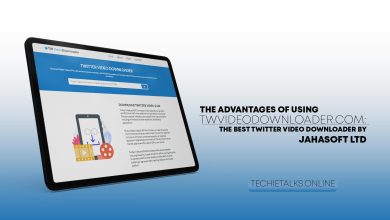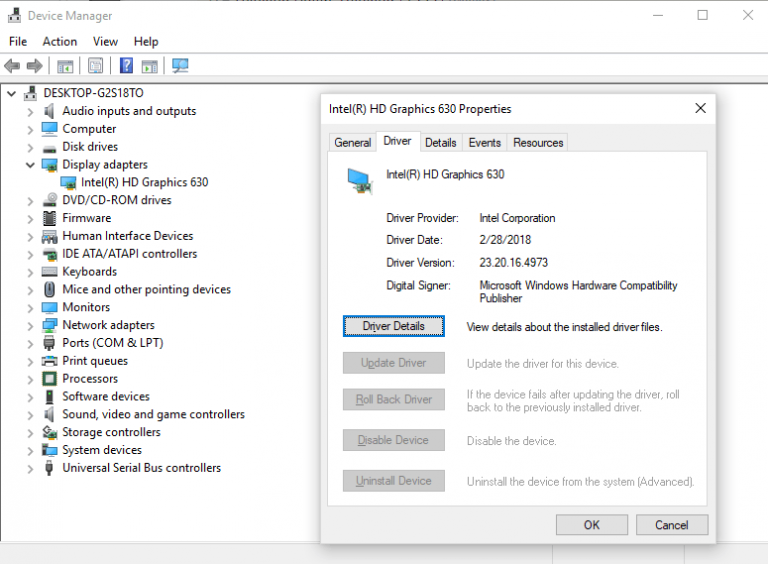
How to Fix Brightness Problem In Windows 10
How to Fix Brightness Problem In Windows 10: Hello Everyone Today i am going to share with you guys that how to Fix Brightness Problem in Windows 10, As you know that when you are going to Install windows 10 in your Operating system, then you will be Facing this kind of Problem i mean that After Installation the Brightness will be not Working in your PC.
How to Fix Brightness Problem In Windows 10
To Fix the Problem, I will Recommend you to Search for Device Manager in Desktop Search on your Operating System, After that open the Application.
view up for the Display Adapters in the Display. Right Click on the admissible Drivers. After that I will Recommend you to Update Driver Software From the Menu To Fix Brightness Problem in Windows 10.
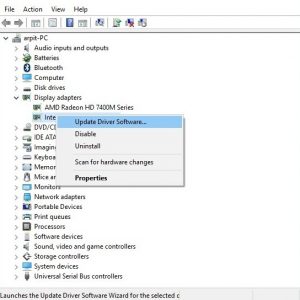
Before Update Driver Software you will need to have An Internet Connection to Download the Drivers.
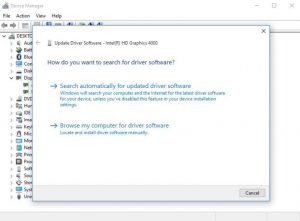
After that Click on Search Automatically for Updated Driver Software.
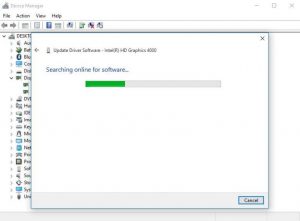
You will see the Driver Being Installed Automatically and A Message that Windows has Successfully Updated your Driver Software message Along with the Details of the Hardware. After that i will recommend you to Check The Brightness of your Operating System.



